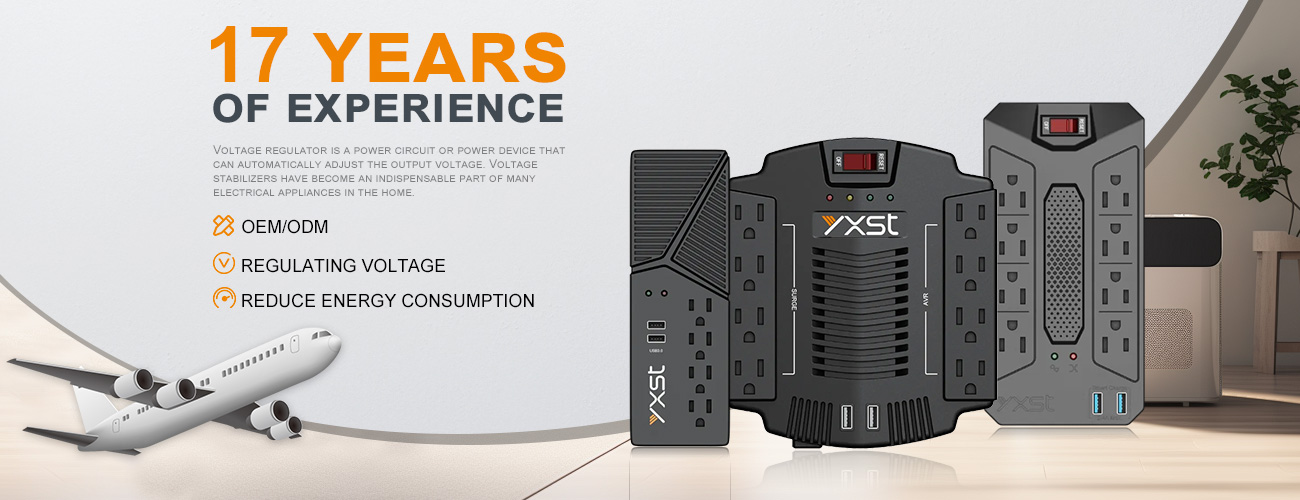The role of a automatic voltage regulator is to stabilize the voltage in the circuit and ensure that the output voltage remains at a stable set value when the input voltage fluctuates or the load changes. It is commonly used in various electronic devices and circuits to ensure that electronic components and integrated circuits can operate at the correct voltage, thereby ensuring the normal operation and long-term reliability of the equipment.

Automatic voltage regulators have the following functions:
(1) Voltage stabilization:
The main function is to stabilize the output voltage and avoid output voltage changes caused by input voltage fluctuations or load changes. This stability is essential for the normal function of many electronic devices.
(2) Overload protection:
Some voltage regulators also have overload protection functions that can automatically cut off or limit the output when the load current exceeds its rated range to prevent equipment damage or burning.
(3) Filtering:
Voltage regulators usually also have a certain filtering function that can eliminate noise and interference in the input power supply to provide a cleaner and more stable output voltage.
(4) Regulating the working efficiency and stability of the circuit:
By stabilizing the voltage in the circuit, the voltage regulator helps to improve the working efficiency and stability of the entire circuit, especially for applications that require precise voltage control.
Automatic voltage regulator (AVR)Summary:
Automatic voltage regulator plays a very important role in modern electronic equipment (air conditioners, refrigerators, freezers and other household appliances) and circuits, ensuring that the equipment works stably under the expected voltage conditions, thereby extending the life of the equipment and improving the reliability of the equipment.




